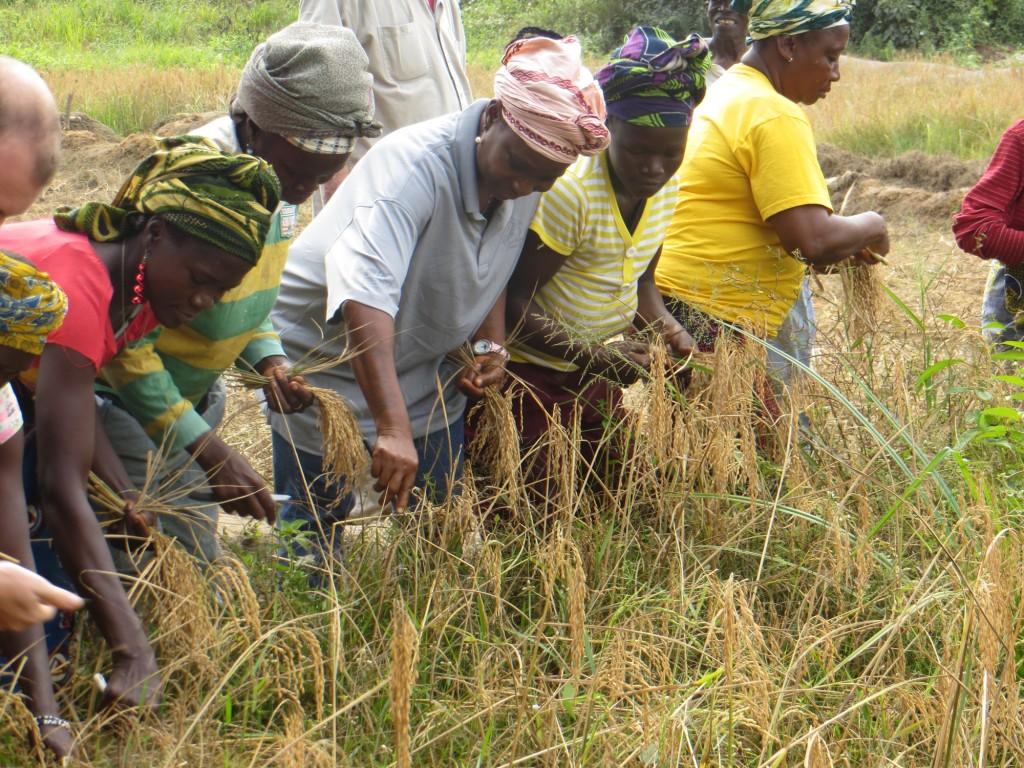Peace Through Agriculture: How Food Security Can Help Post-Conflict Recovery
Nearly 282 million people faced acute hunger in 2023. Meanwhile, climate change threatens to disrupt agriculture and worsen already-dire global food crises. Amid this instability, food systems are increasingly viewed as a critical lever for peace — and the need for agricultural solutions to rebuild communities has never been more urgent. Agricultural development can be a transformative force in conflict-affected regions by supporting recovery and shielding vulnerable populations from the worst impacts of violence and climate change.

Join USIP and Roots of Peace for a critical conversation on the intersection between food security, climate change and conflict resolution. International experts will discuss the nexus of food security, climate and conflict; the role of agriculture in peacebuilding; and how farmers and producers can be essential partners for sustainable peace. A fireside chat will then explore the practical steps and challenges to integrating agricultural solutions into peacebuilding efforts.
The program will be immediately followed by a reception.
Remarks
Ambassador George Moose, welcoming remarks
Acting President and CEO, U.S. Institute of Peace
Ambassador Kenneth M. Quinn, keynote remarks
President Emeritus, The World Food Prize Foundation
Agenda
Panel 1: Food Security, Climate and Peace
Panel 2: How Agriculture Contributes to Peace
Fireside Chat with Heidi Kühn, Founder, Roots of Peace and Ambassador George Moose



